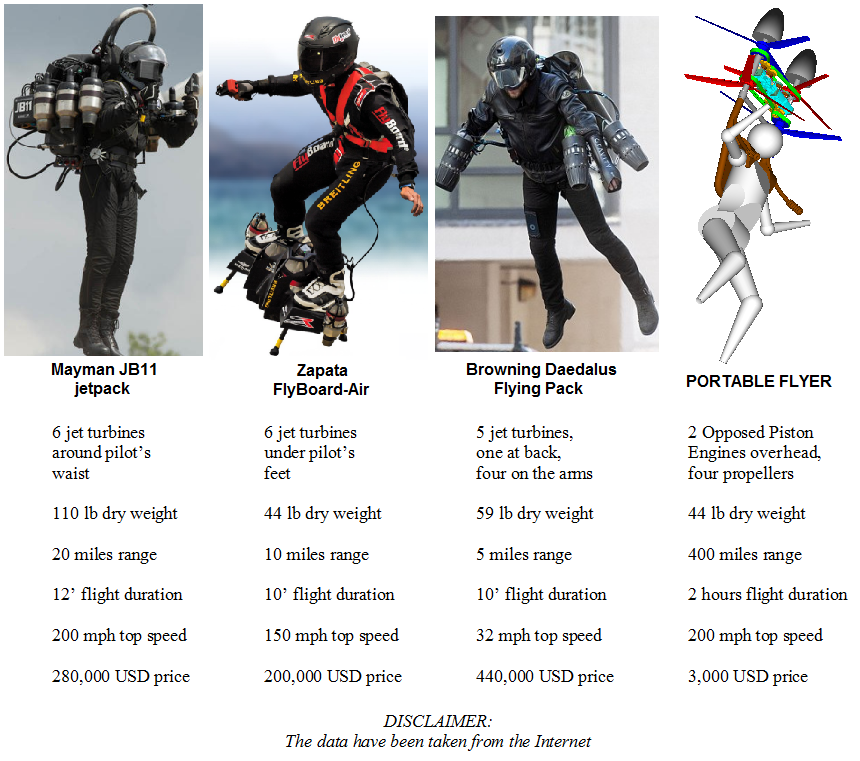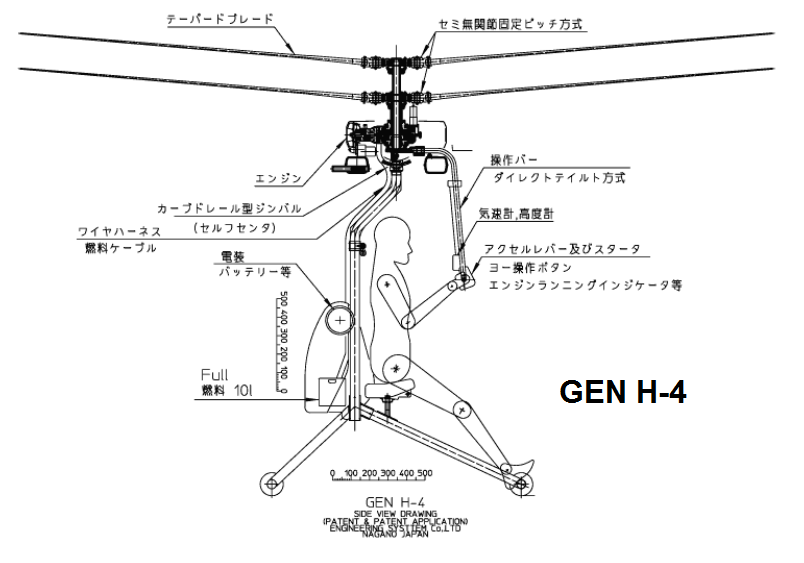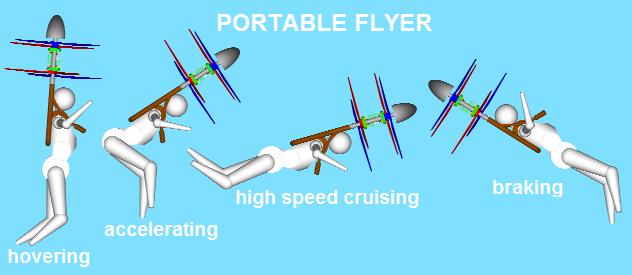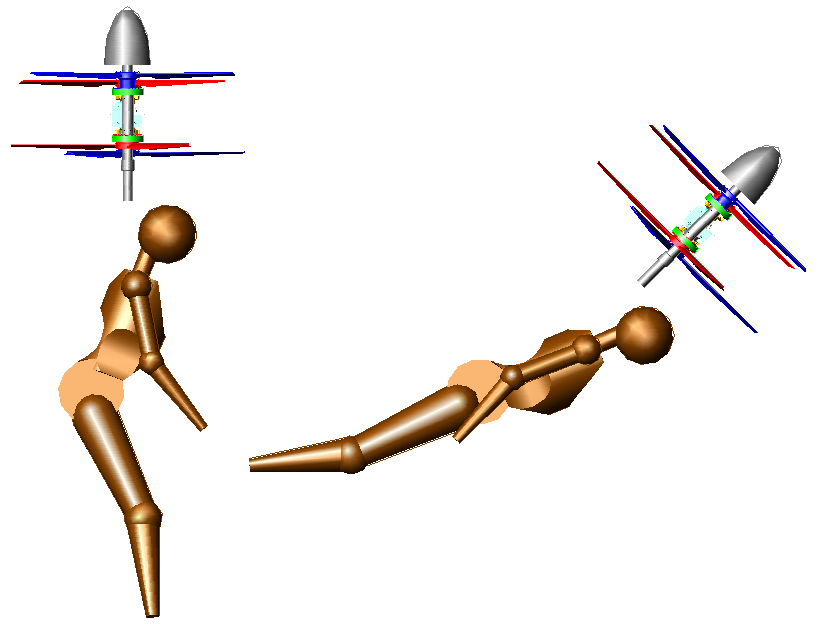Quote from "your" link (Autoweek / Robin Warner):
“It was Rover, not Hyundai that did it first, and this video explains it.
Earlier this year, I wrote about the very first Continuously Variable Valve Duration, or CVVD, system from Hyundai. I claimed it to be the first production engine with the technology. As did Jason Fenske of Engineering Explained in his recent video about the technology. And, turns out, we were both wrong.
End of Quote
In the above video, at 4:16, Peter O’Tool (?) says for the VVC system: “looks extremely promising, so much that the design was patented to ensure it couldn’t be stolen”
In their patent, Rover does mention Mitchell’s patent as its closest prior art:
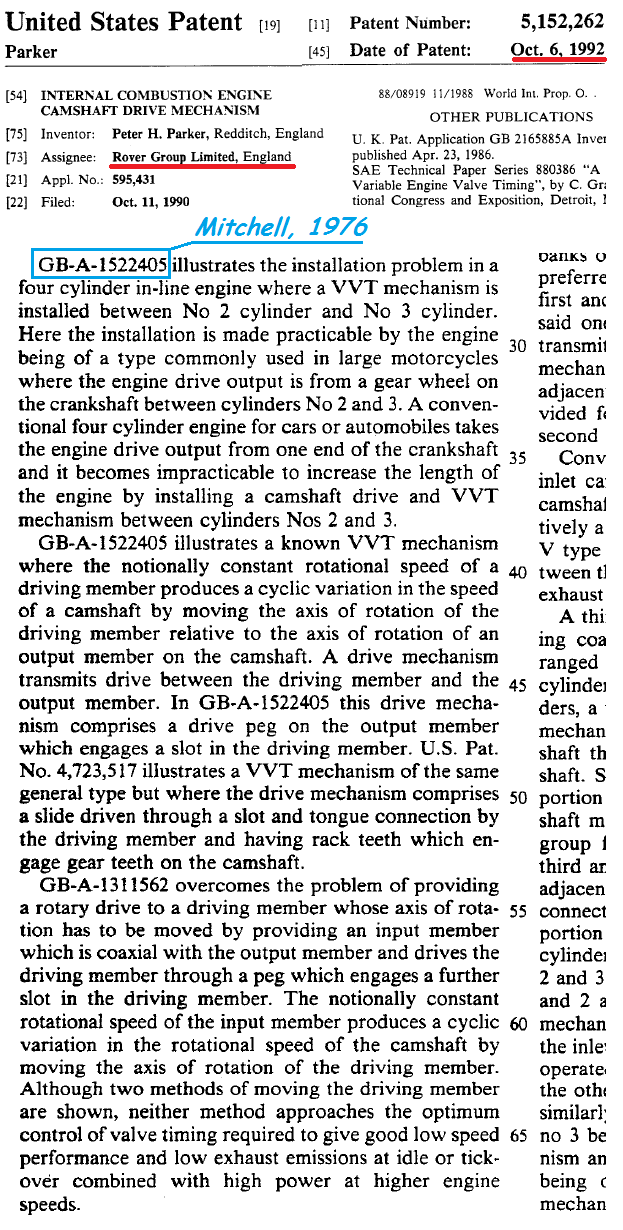
The conclusions are yours.
For the patVVD you write:
"I also have a question about the little arm beside the cam lobes. That peice may have to be separately manufactured, and pressed on."
The simplest way seems to have an integral arm on the camshaft (even one of the cam lobes can be used as such arm), drill it and secure a pin in it.
Thanks
Manolis Pattakos

